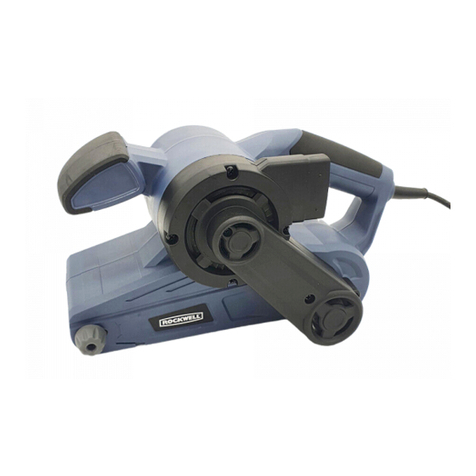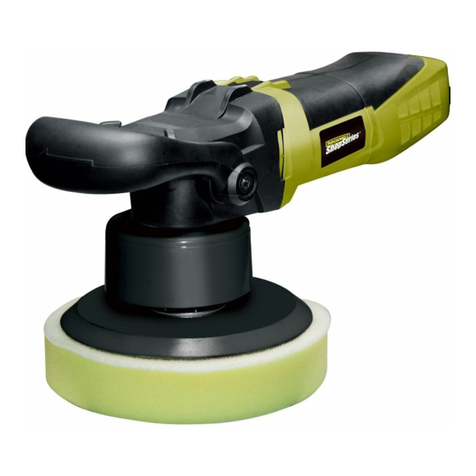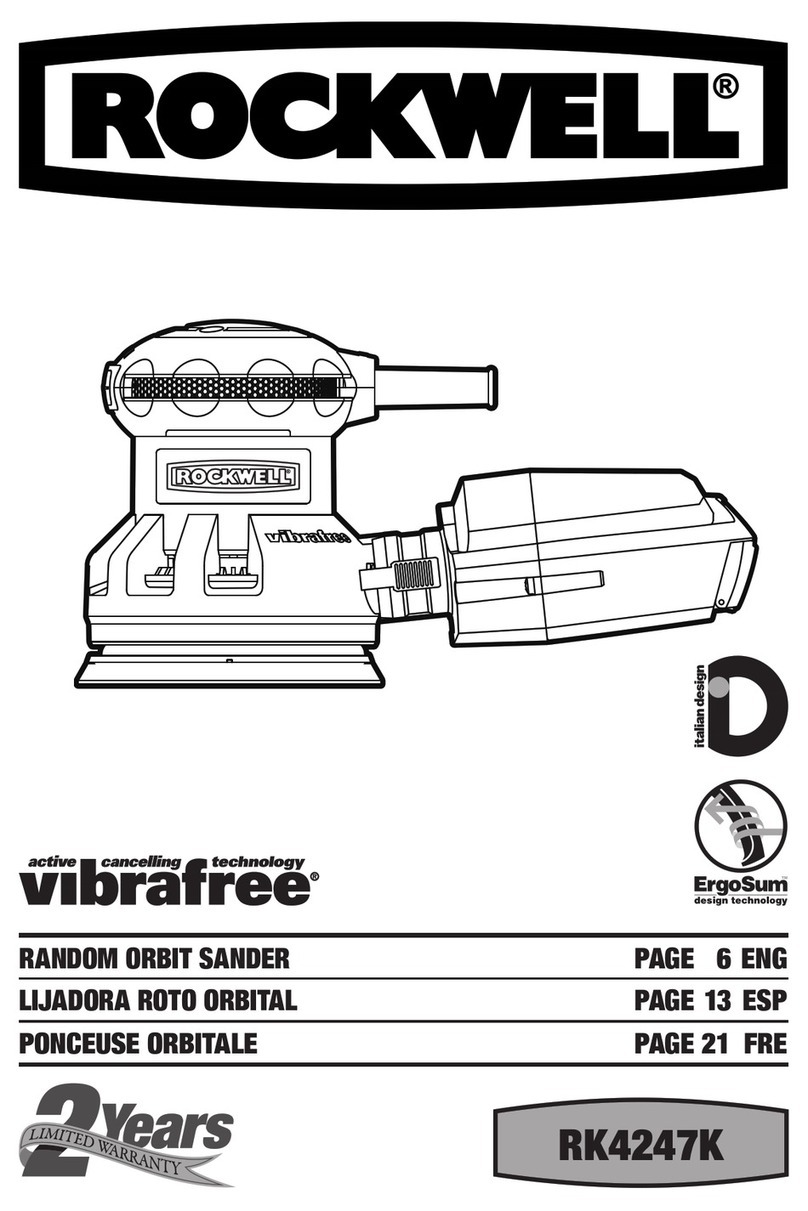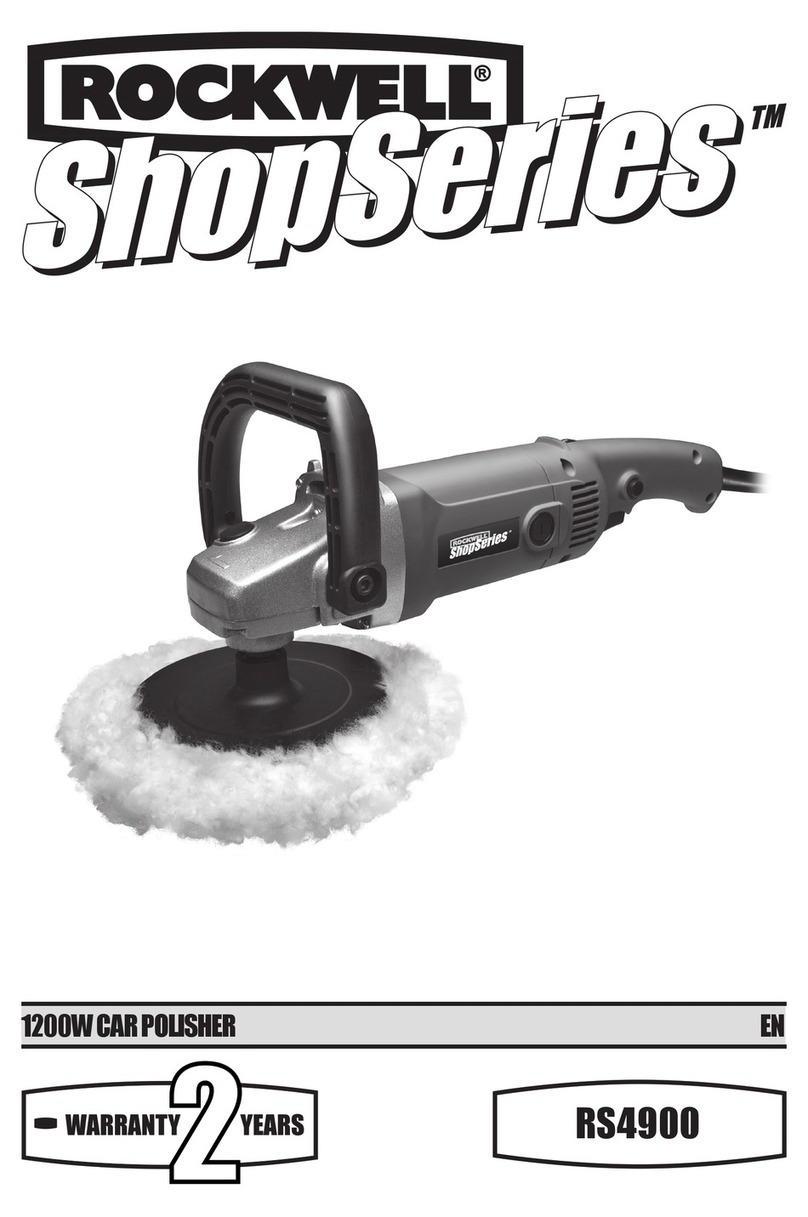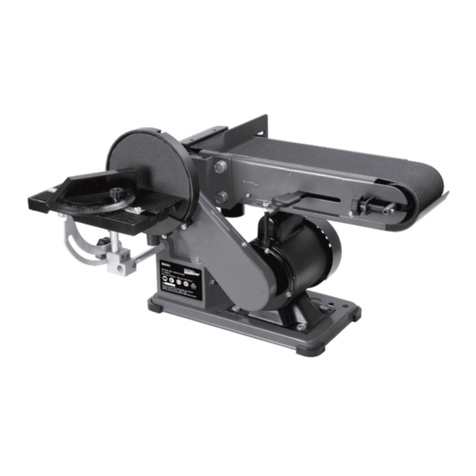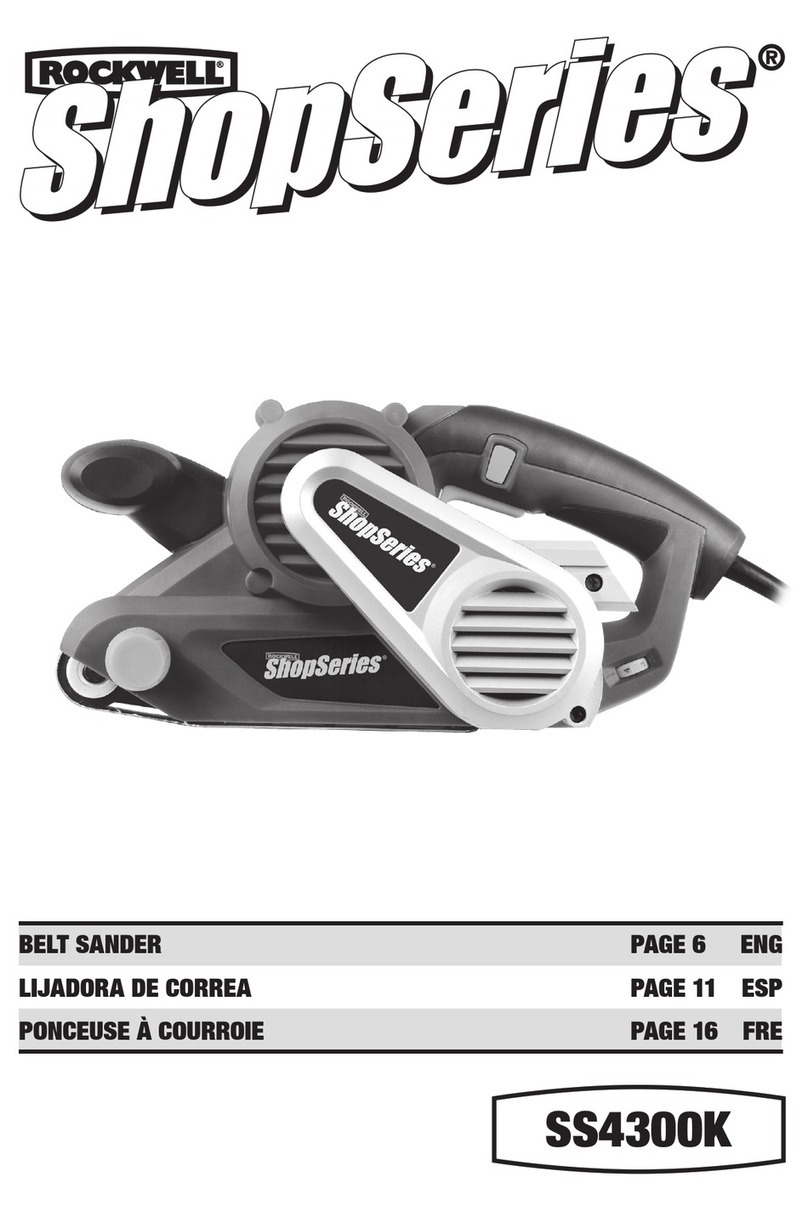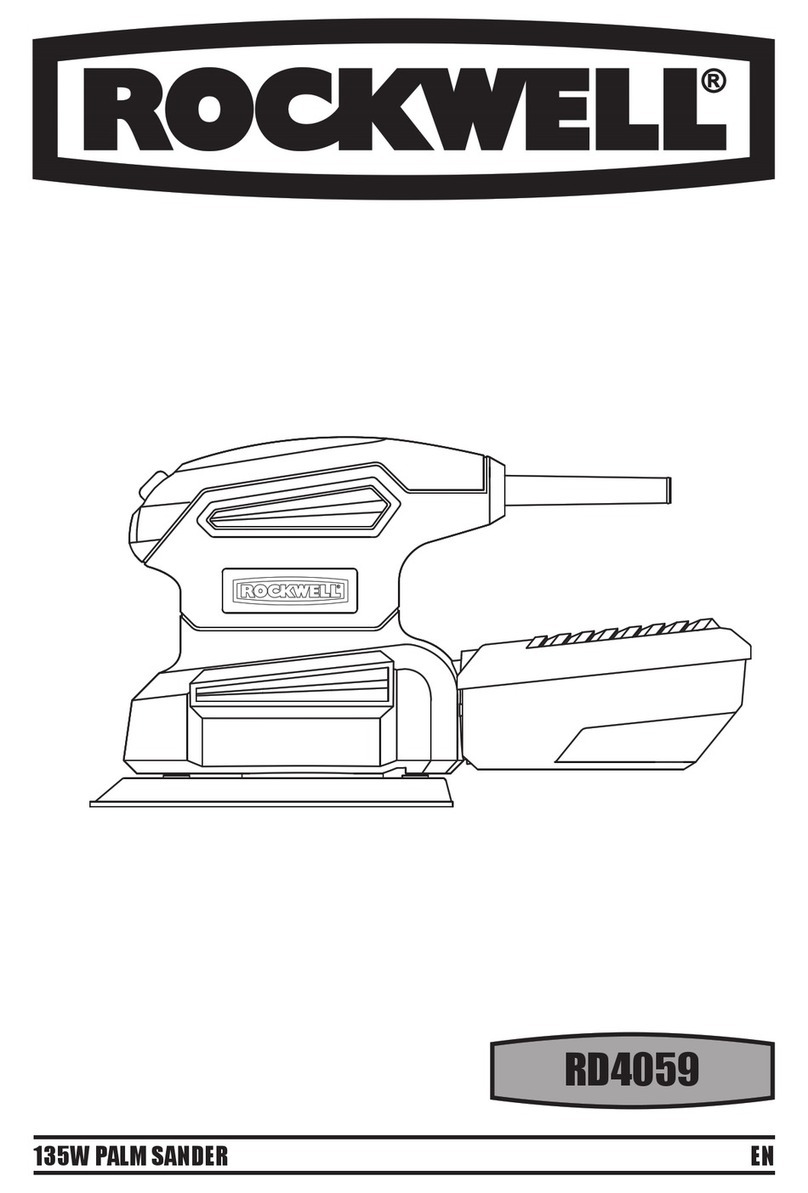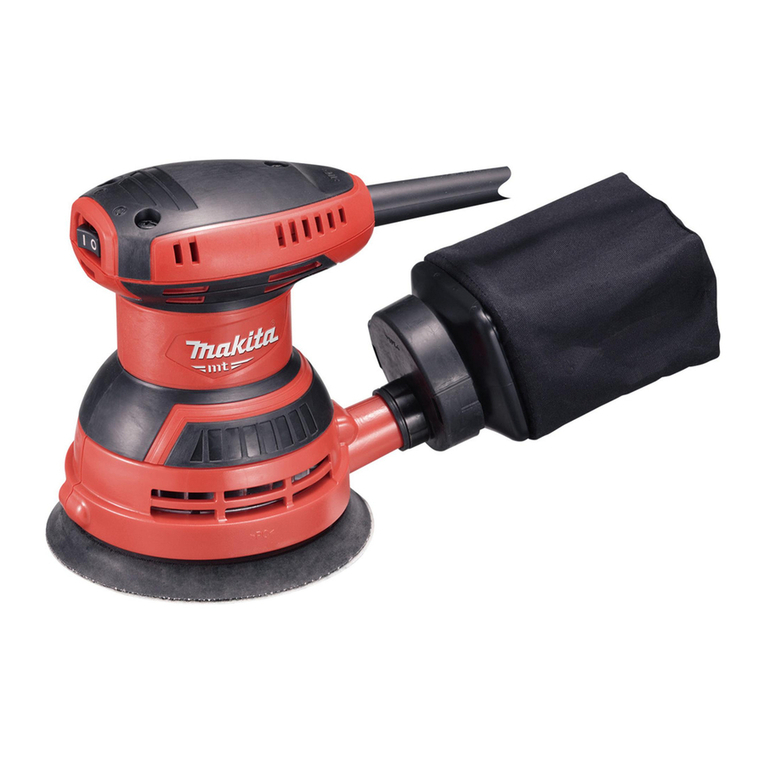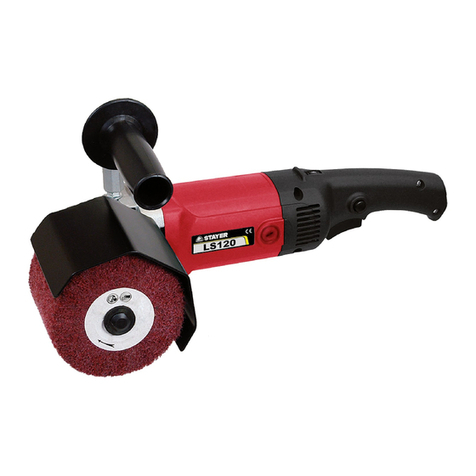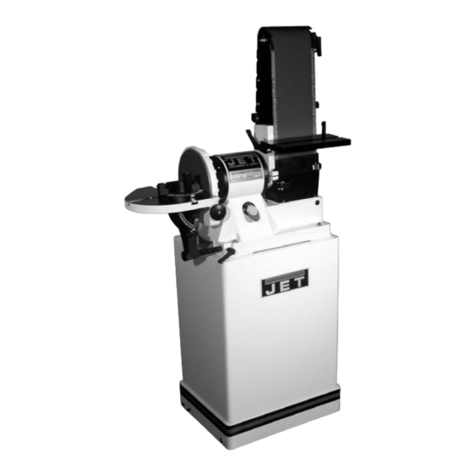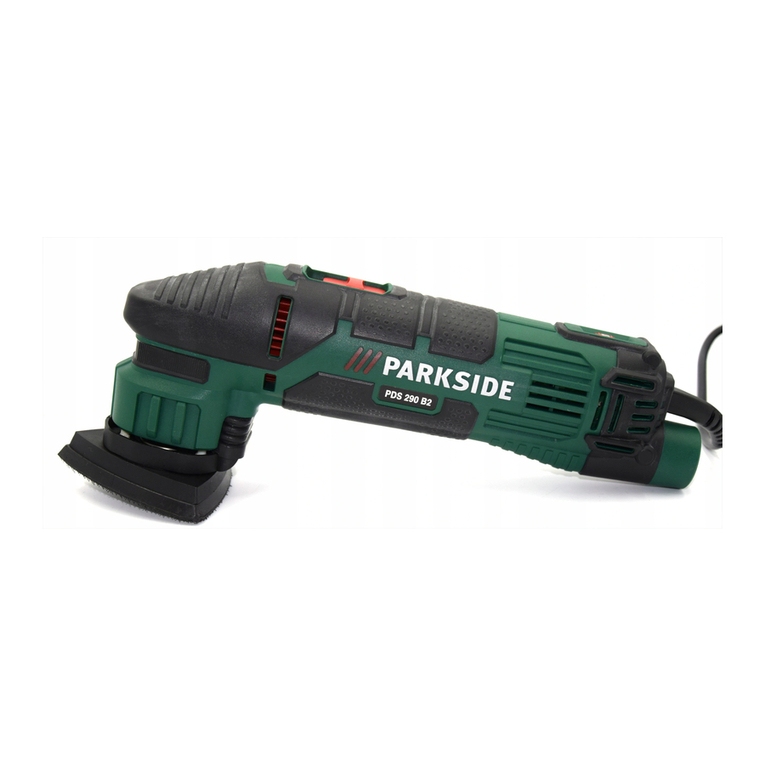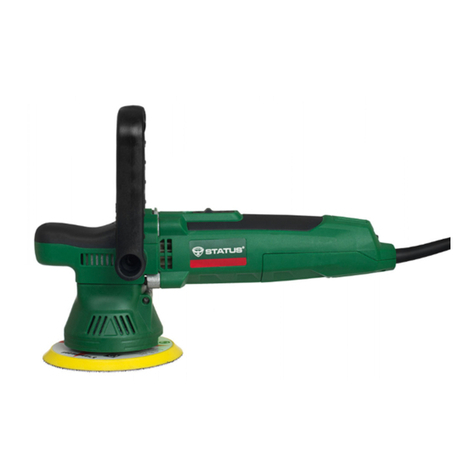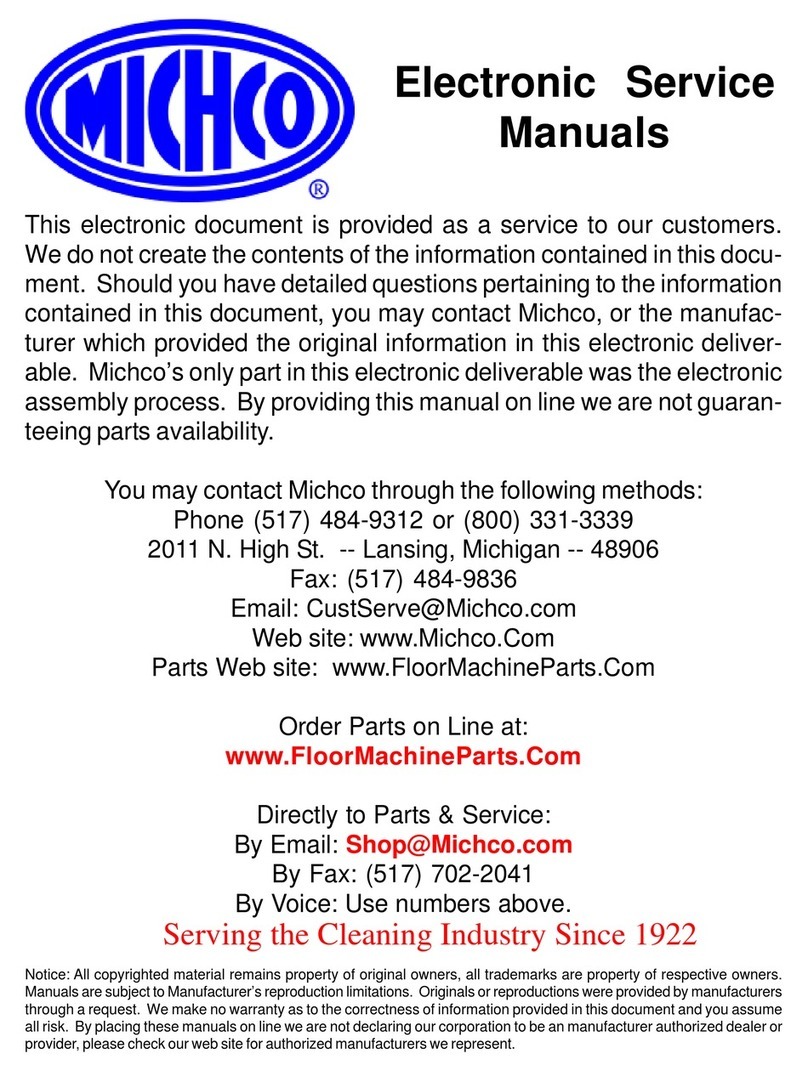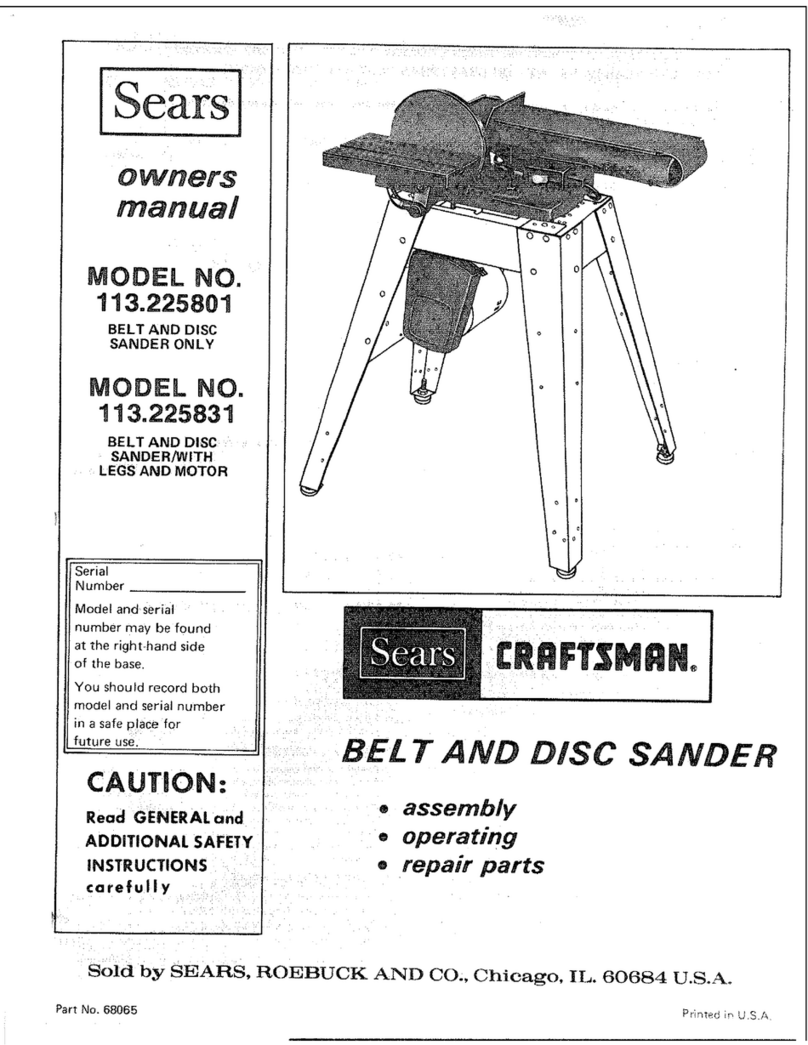
8
200W FINISHING SANDER EN
2. USING THE DUST COLLECTION BOX (SEE FIG E)
A) ATTACH THE DUST BOX
Your sander is equipped with a Dust Collection Box (2).
Insert the Dust Collection Box into the rear dust outlet
of sander. Then pull the Dust Collection Box and make
sure it is tightened securely on the dust outlet.
B) EMPTY DUST BOX
For more the efcient operation, empty the dust box
every 5-10mins. This will permit the air to ow through
the box better.
To empty the dust box, pull off the dust box out of the
dust extraction outlet directly and shake out dust.
3. USING THE DUST OUTLET (SEE FIG F)
Your sander is equipped with a 35mm dust outlet,
which is designed for connecting the hose of a vacuum
cleaner.
If the vacuum hose is 35mm, insert the hose directly
into the rear dust outlet of the sander.
NOTE: When using this feature you must switch on the
vacuum cleaner followed by the sander. When work
is completed turn off the sander rst followed by the
vacuum.
NOTE:Check the dust adapter periodically during use to
ensure it is secure on the dust outlet.
4. OPERATING THE ON/OFF SWITCH (SEE FIG. G)
Slide the on/off switch to the position marked ”I” to
start the machine.
Slide it to the position marked “0” to stop it.
5. USING THE SANDER
The workpiece must be rmly secured before
sanding. Unsecured workpieces can y out causing
personal injury or damage.
Be sure to hold the sander rmly whilst it is on and
apply it gently to the work, it may “kick” on rst
contact. Hold the sander so that it is at on the work
and move slowly, preferably with a smooth, circular
motion. Regularly check the condition of the sanding
paper and replace when worn . For best results do
not apply too much pressure on the sander. Applying
excessive force will reduce the life of the sanding paper
and may cause motor failure. If the stock is not being
removed as fast as you would like you may need to use
a coarse grit sand paper for quicker results.
6. FLUSH SANDING FACILITY
Your sander can sand ush on three sides of the
baseplate which allows easy access to corners and
edges of mouldings.
7 . ORBITAL SANDING
Your sander operates in small a circular rotation which
allows efcient material removal. Operate your sander
in long sweeping movements across your workpiece
and even across the grain. For a ner nish, always use
a ne grit sanding paper and only move the sander in
the direction of the grain and never across the grain. Do
not allow your sander to remain in the same position
for too long. This will remove excessive stock and
could create an uneven surface.
8. THE SELECT THE RIGHT SAND PAPER
Selecting the correct grit of sand paper is an extremely
important decision that will allow you to achieve the
best quality nish.
A course grit sand paper will remove stock faster but
the nish will not be smooth. A ne grit sand paper will
provide a smother nish.
If the surface is rough:
Start with coarse grit (sold separately) and sand until
the surface is uniform. Then use medium to remove
any scratches left by the coarse grit. Then use ner grit
(sold separately) for nishing the surface.
Note: Always continue sanding with each grit until the
surface is uniform.
WORKING HINTS FOR YOUR
SANDER
1. Your sander is useful for working on wood, metal
and painted surfaces. It will smooth surfaces prior
to painting, even where llers have been used and
left proud.
2. Your sander is best suited to large at areas such
as doors but can also be used on walls,skirting
boards, windows, etc provided they are accessible.
3. Different types of sanding paper will allow the
sander to meet various needs. Different grades
of sanding paper are available, the higher grade
number, the ner the grit. For rough work start
with a low grade of grit (i.e. 60 grit) and change to a
higher, ner grit (i.e. 100 or 120) for nishing. If you
use a ne grade for rough surfaces it will soon clog
and need changing.
4. At all times, let the sander do the work-do not force
it or apply excessive pressure to the sanding paper
or it could wrinkle or tear. Preferably, use a light
circular motion.
5. If the surface shows excessive making from the
abrasive motion, you may be using a grit which is
